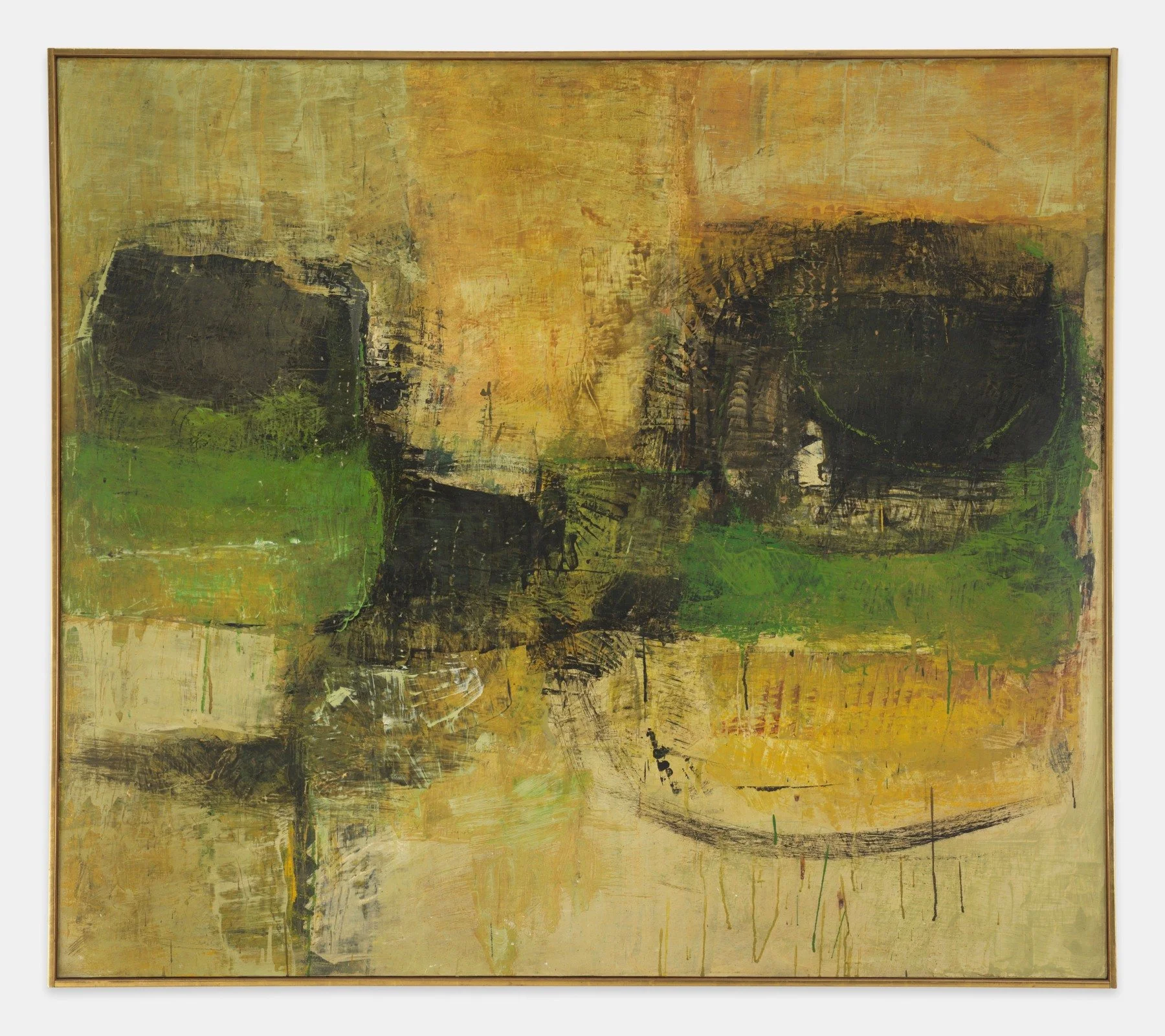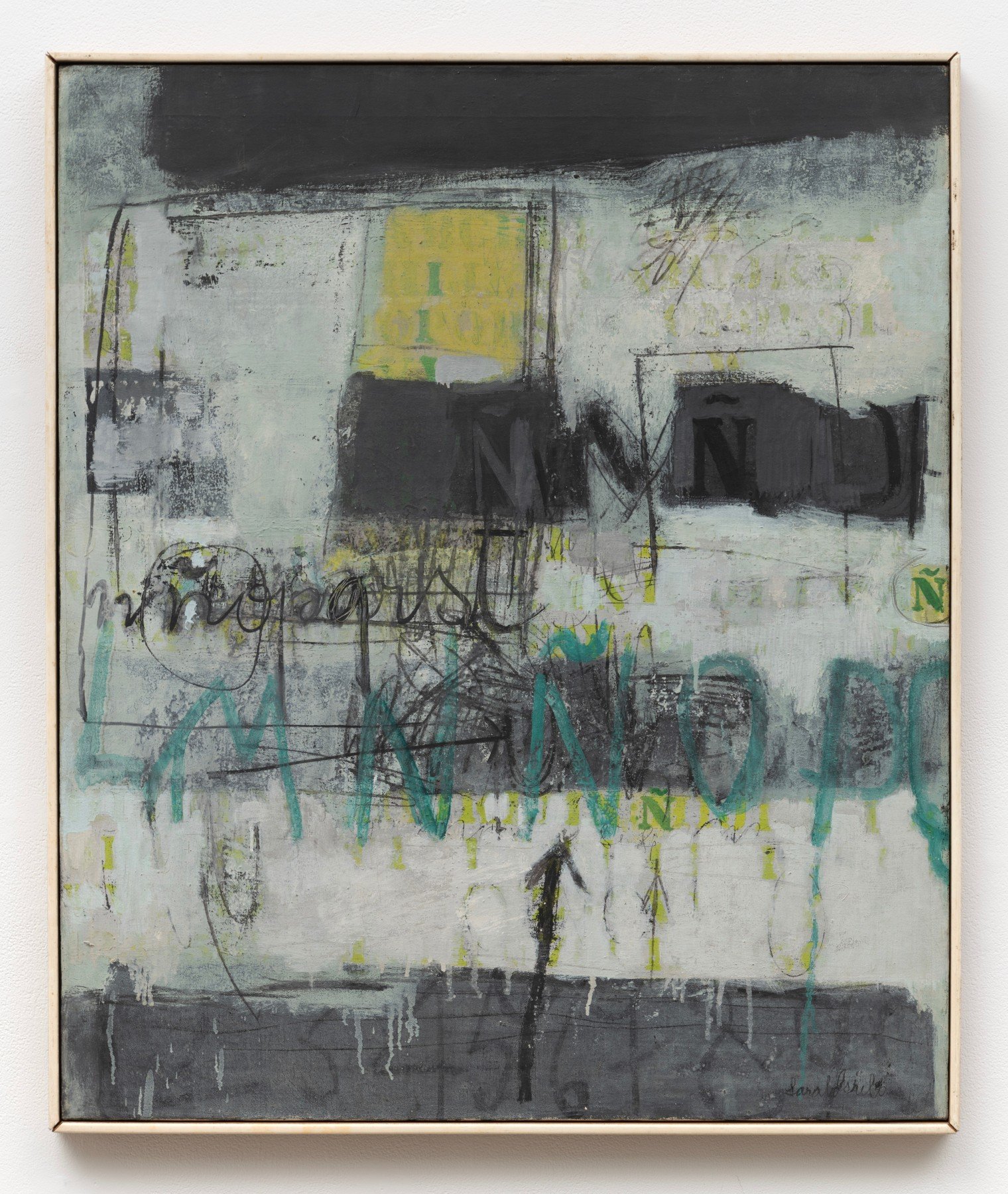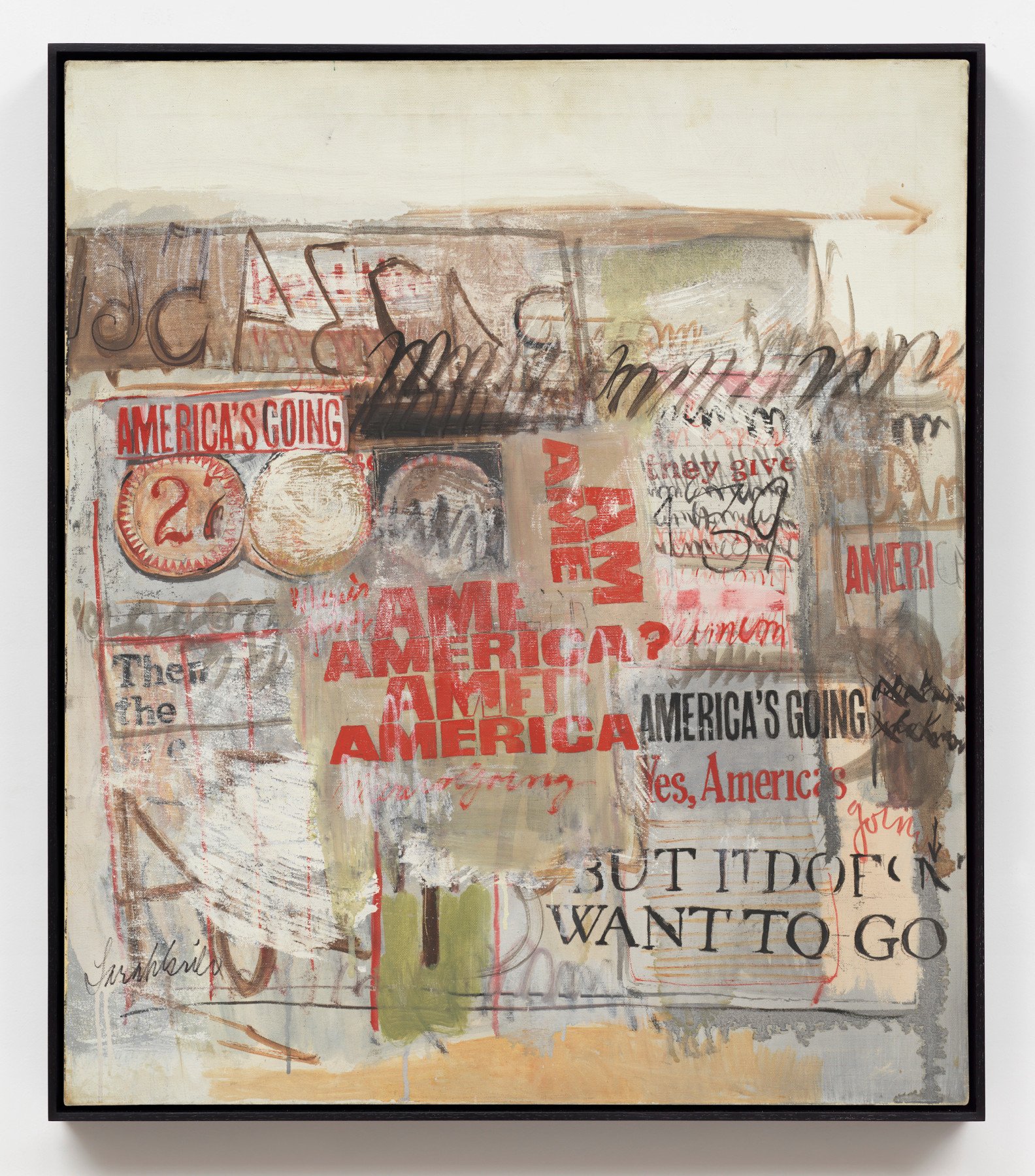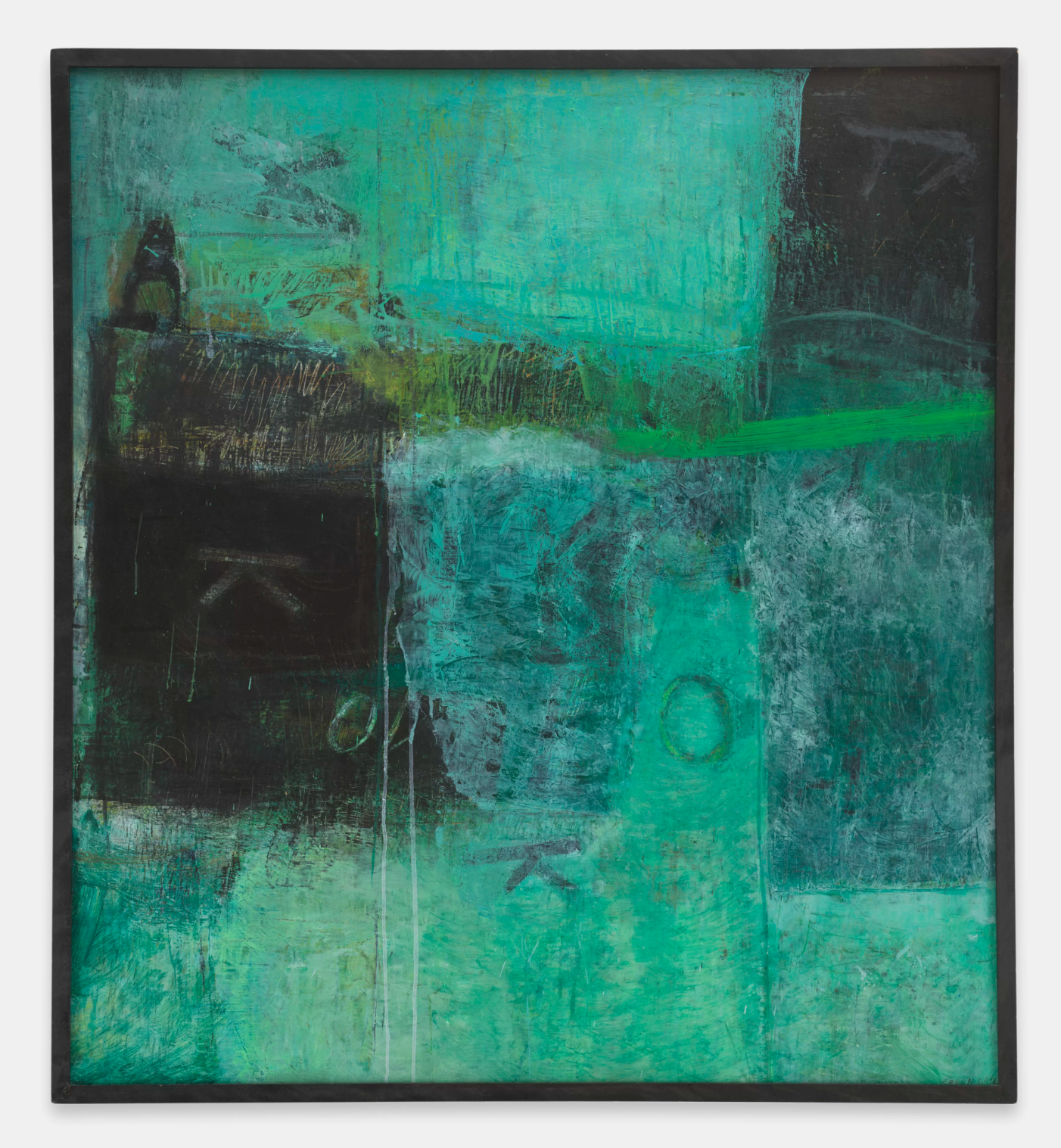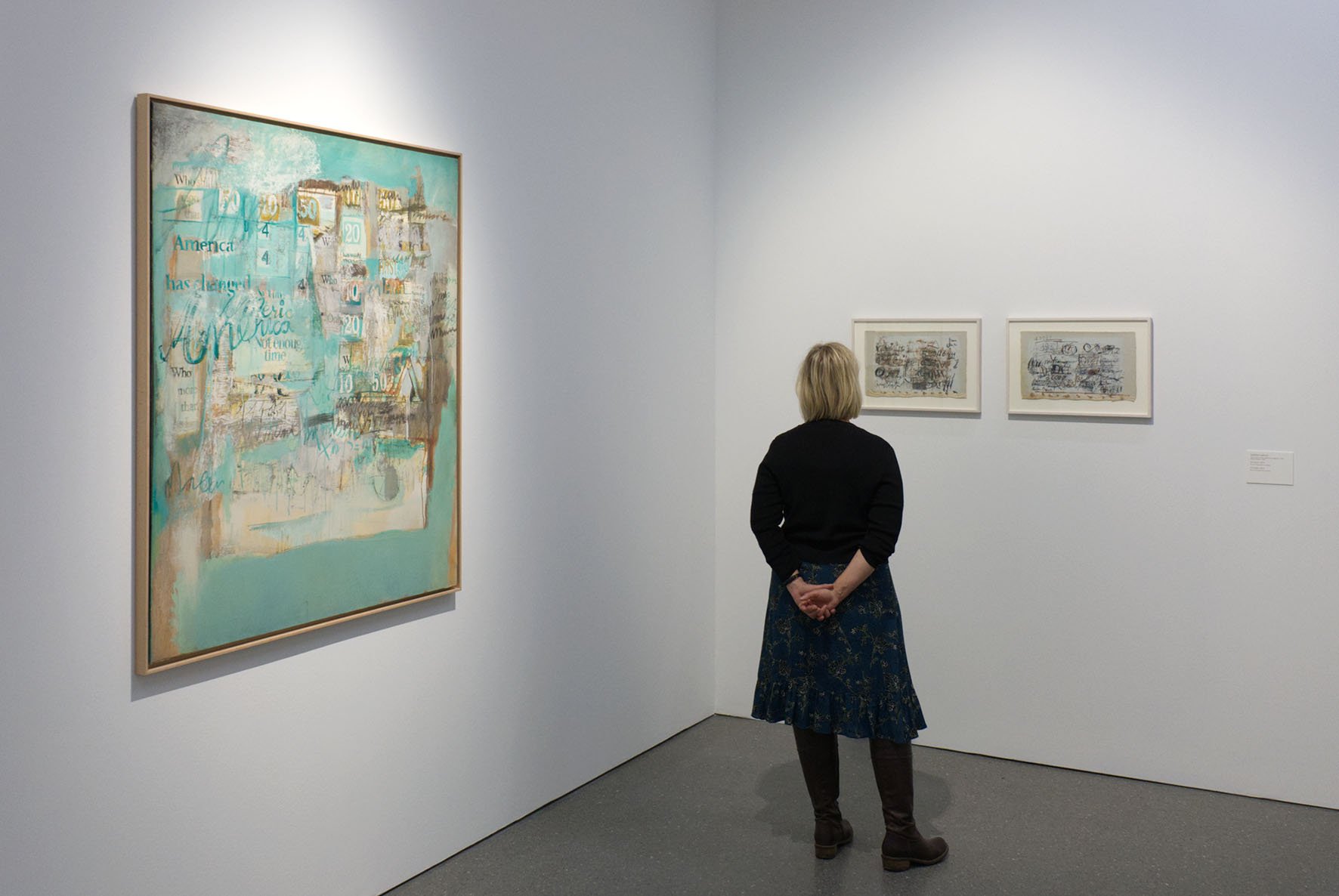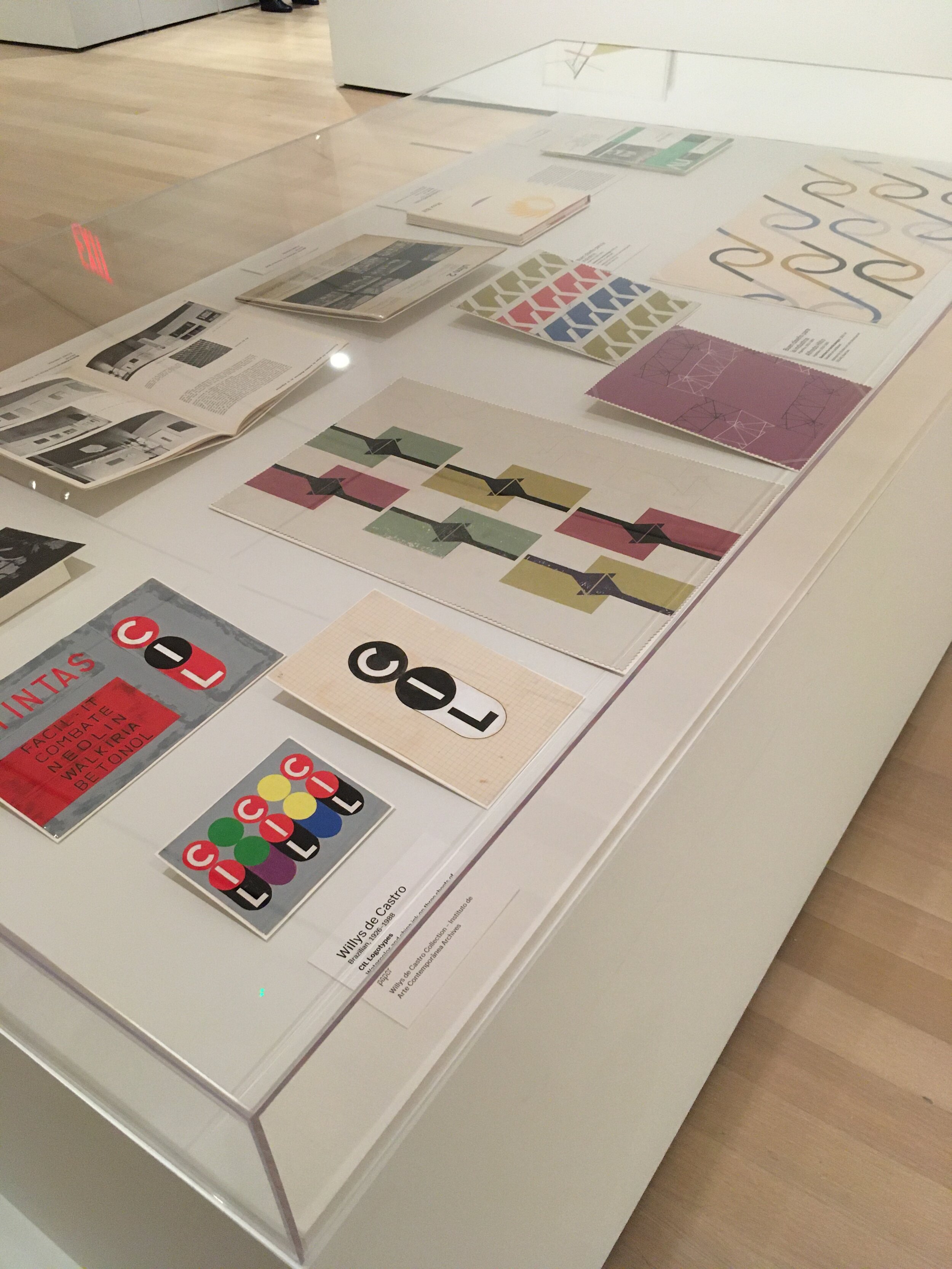During an era when Spanish artists found success abroad yet struggled for recognition at home, artist, critic, and collector Fernando Zóbel (1924–1984) established the Museo de Arte Abstracto Español in Cuenca (Castilla-La Mancha) on July 1, 1966, the first institution of its kind within Spain. More than forty highlights from its remarkable collection—most coming to the U.S. for the first time—tell the story of this pioneering artists’ museum and explore the rich panorama of abstract Spanish art during the middle of the twentieth century and under the Francoist regime.
In the late 1950s, as Zóbel was becoming a friend to artists such as Antoni Tàpies, Eduardo Chillida, Antonio Saura and Luis Feito, among others, the question of how to promote and ensure awareness of their works in Francoist Spain—culturally isolated and lacking an infrastructure to support the artistic avant-garde— acquired for him a special urgency. He perceived the need to provide Spanish abstract art and its future public with a permanent headquarters through the foundation of an independent museum. At that time, the Casas Colgadas (Hanging Houses) of Cuenca, a set of Gothic buildings that “hang” at two hundred meters above the bend of the Huécar River, were being rehabilitated, and Zóbel felt that their architectural charm and the beauty of their geographical location complemented and even surpassed his vision of a space appropriate for an abstract art museum. Once the location of the museum was decided, he cultivated a management team made up entirely of artists, including Gustavo Torner, Gerardo Rueda, Antonio Lorenzo, Eusebio Sempere, Fernando Nuño, Jordi Teixidor and José María Yturralde.
In 1969 the collection was expanded to include works by women artists; that same year the museum opened a graphic work workshop with a printing press, which attracted numerous engravers, painters, and sculptors, and turned the city into an authentic artistic colony. The workshop, with its production of engravings and multiples, also facilitated the propagation of Spanish abstract art throughout the country. Additionally, the museum awarded scholarships to young Spanish artists, and invited them to participate in the development and operation of the museum.
In 1980, Zóbel donated the museum’s collection of nearly 700 works and his personal library to Fundación Juan March, an institution prepared to preserve of the space, the collection, and the museum project. Since Zóbel’s death in 1984, the Foundation has continued the museum’s mission through select acquisitions, a permanent program of exhibitions, and educational activities. The museum’s scheduled closure in 2022-2023 for work on its climate control system has provided an opportunity for it to make its collection and history known to a larger public with this traveling exhibition; Mellon Curatorial Fellow Clarisse Fava-Piz curates its stop at the Meadows Museum, the collection’s only U.S. venue. The show will be accompanied by an exhibition catalogue, the first major scholarly publication on the collection of the Museo de Arte Abstracto Español in English.

